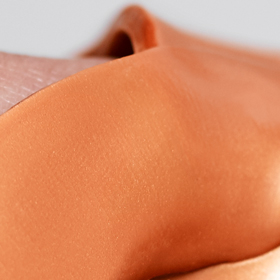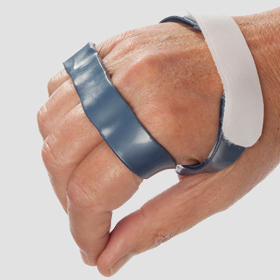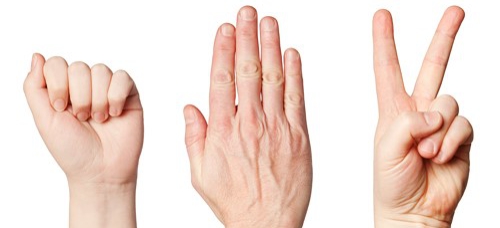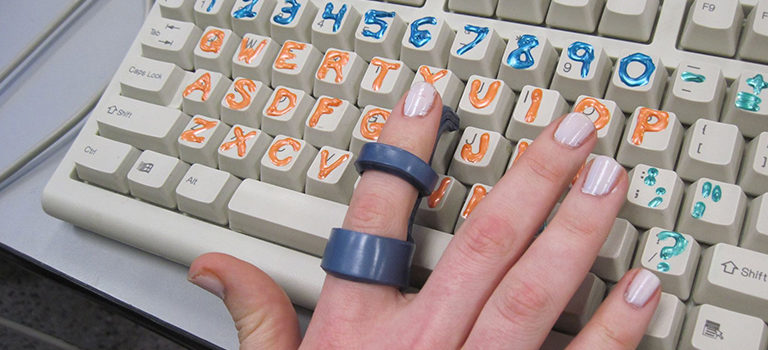
The Relative Motion Orthosis (Free Download)
This versatile static orthosis is also known as the “Yoke” orthosis. It positions one or more digits in relative extension or flexion compared to the adjacent digits at the level of the Metacarpal-Phalangeal (MCP) joint.
Read more






